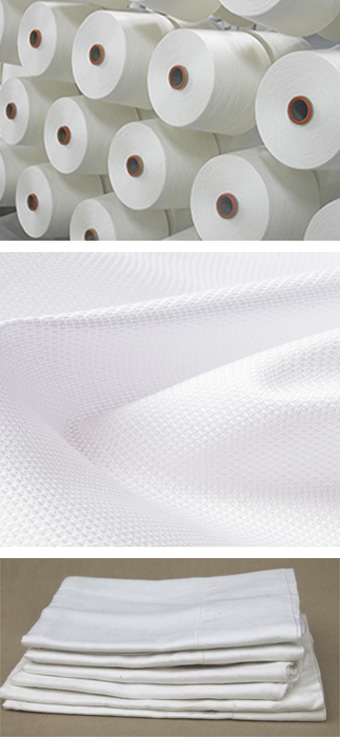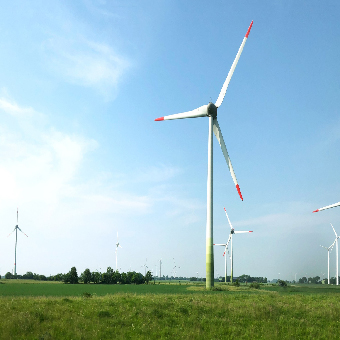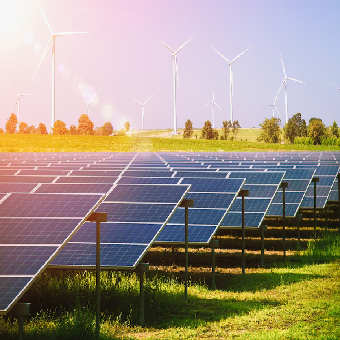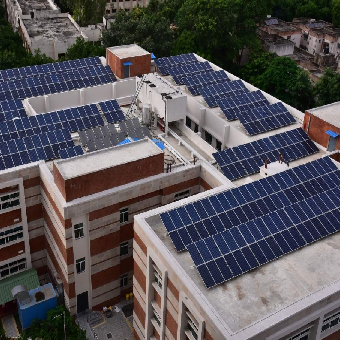
SHREE SAKTHI VINAYAGAR TEXTILES.
Our Company was incorporated in the year 1972, by Thiru. S. Mani, with just seven power looms and was functioning under the name, SHREE SAKTHI VINAYAGAR TEXTILES. Owing to the superior quality of our products and our impeccable service to the customers, our firm started to experience a steady growth and it was not long before, we were able to install additional 10 looms per year and achieved higher production rate.
In 2006, SHREE SAKTHI VINAYAGAR TEXTILES was renamed as Shree Sakthi Vinayagar Weaves Private Limited.
Mr. M.SAKTHIVEL and Mr. M.JAYAPRAKASH, two sons of Thiru. S.Mani joined the family business in 1990 and 1994 respectively.
Our Group of Companies
Shree Sakthi Vinayagar Weavs Pvt Ltd.
TP Textiles Pvt Ltd
Capaity
Power Looms- 315
Toyota Airjet - 248 Hours
Sulzer Looms - 12
Wind Mill - 0.75 kW
Solar Plant - 3.7 MW
Karel Mayer Pro Sizing - 3300 MW - 1 unit (200 MPM with 2 Warping Machine)
Collaboration
Years later, In 2000, Shree Sakthi Vinayagar Private Limited., partnered with one of the most prominent syndicate, MOTHI SPINNERS, and the collaboration was a successful one. Since the establishment and until 2008, the spinning was carried out only through Power looms. It was time to overhaul the production process and hence, in 2008, with the aid of outside sourcing, we started Auto Loom Fabric Production which is currently functional.
We continued the pace and now, in 2018, we have commenced production through our own latest and cutting edge Toyota 810 Air Jet Auto Loom Fabric Production Unit. We have E-Shed (Dobby) and C-Shed, CAM Looms with which we are able to achieve 190 cm and 280 cm fabric production respectively. Our Production unit is powered by 750 KW Wind Mill Power and 3.7 MW Solar Power backup. Hence, there is almost nil possibility of power shortage.

Mission
We believe, within 3 months we would be able to accomplish peak fabric production and we are anticipating to expand to newer horizons in future.

Wind Mill.
0.75 MV.
Steel (66-79% of total turbine mass).
Fiberglass, resin or plastic (11-16%).
Iron or cast iron (5-17%).
Copper (1%); and aluminum (0-2%).
Seliyanallur Village, Tirunelveli (Dt).

Solar Panel.
The most common type of PV panel is made using crystalline-silicon (c-SI). That technology accounts for 84% of US solar panels, according to the US Department of Energy. Other types include cadmium telluride, copper indium gallium (di)selenide panels, and thin-film amorphous silicon.1
The industry standard for most solar panels' lifespans is 25 to 30 years.
Even when there is no sun, solar panels can still produce electricity.
Cold climates are actually optimal for solar panel efficiency.
Guziliamparai Town, Dindigul (Dt).

Solar Power Plant.
A solar power plant is a facility that converts solar radiation, made up of light, heat, and ultraviolet radiation, into electricity suitable to be supplied to homes and industries.
Solar photovoltaics for electricity, passive solar design for space heating and cooling, and solar water heating.
It can be used to cook food, heat water, and generate electricity. .
The voltage output of the PV panels typically falls in the range of 12 to 24 volts.
Viralimazhai, Pudukkottai (Dt).


